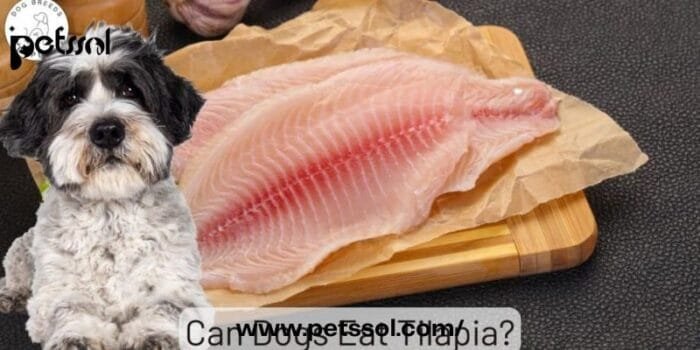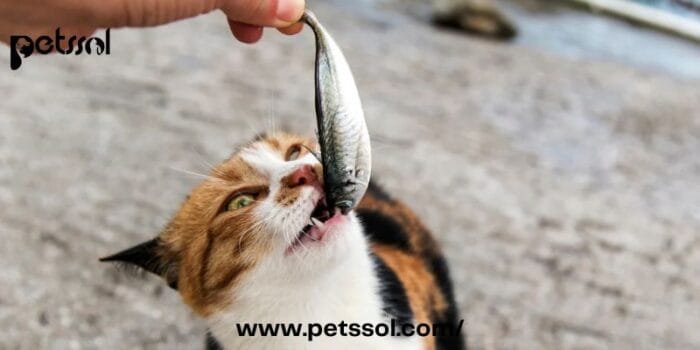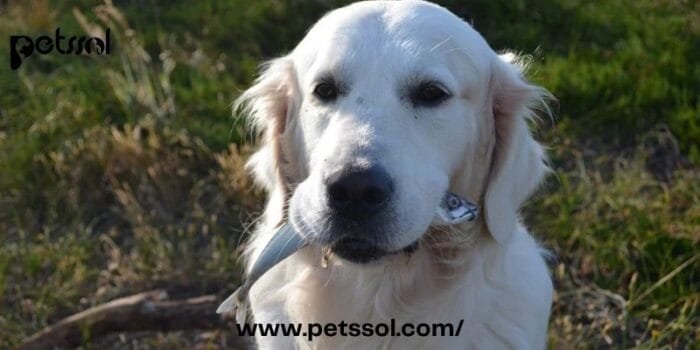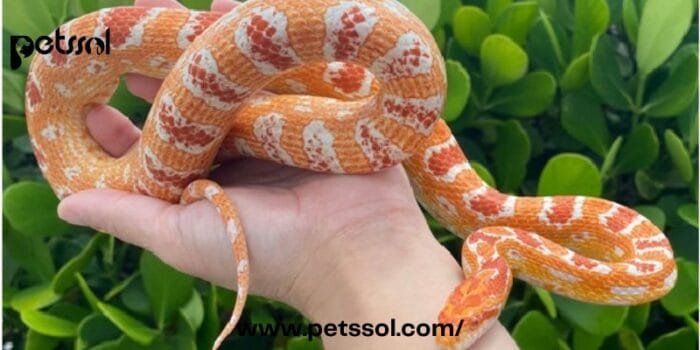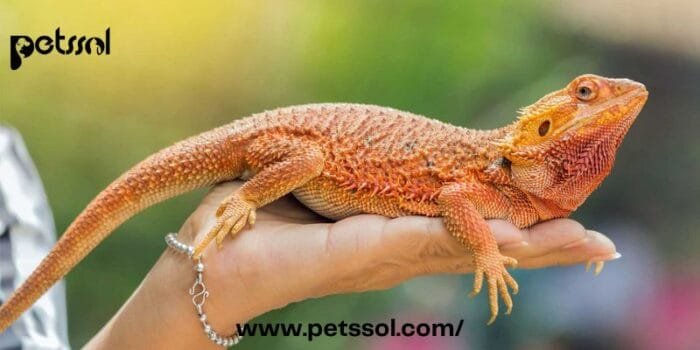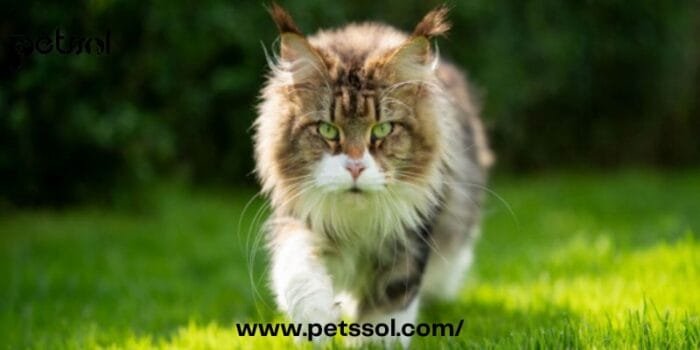types of pet lizards: When it comes to unique pets, lizards are at the top of the list. These fascinating reptiles offer a completely different experience than typical pets like dogs and cats. Whether you’re new to reptiles or have been an enthusiast for years, there’s a wide variety of pet lizards to choose from. In this guide, we’ll explore the most popular lizard species, their care needs, and help you decide which one might be the best fit for you.
Table of Contents
ToggleWhy Consider a Pet Lizard?
Lizards are not only visually striking but can also be relatively low-maintenance compared to other pets. They come in a range of sizes, colors, and temperaments, making them versatile pets for many households. Some lizards, like the bearded dragon, are known for their friendly and interactive nature, while others, such as chameleons, are more solitary and prefer minimal handling. The key to having a happy lizard is understanding their specific needs and providing a suitable environment.
The Best Types of Pet Lizards
-
Bearded Dragon
One of the most beloved pet lizards, the bearded dragon, is popular due to its calm temperament and ease of care. Originally from Australia, these lizards can be great for beginners and experts alike. Their beard, which puffs up when they feel threatened or excited, adds to their charm.
- Size: 18-24 inches
- Lifespan: 10-15 years
- Temperament: Friendly, calm, and interactive
- Care Needs: Bearded dragons need a large tank (40-75 gallons), UVB lighting, and a diet that includes live insects and leafy greens.
Bearded dragons are often recommended as the best starter lizard because they are easy to care for and enjoy being handled by their owners. With proper care, they can live a long and healthy life, becoming a delightful companion.
-
Leopard Gecko
If you’re looking for a low-maintenance lizard that’s still adorable and fun to care for, the leopard gecko is an excellent choice. These lizards are known for their spotted appearance and gentle nature. Unlike some other reptiles, leopard geckos don’t need much space or complex heating systems.
- Size: 7-10 inches
- Lifespan: 10-20 years
- Temperament: Calm, easy-going
- Care Needs: Requires a smaller tank (20-gallon) with minimal heating, a simple diet of insects, and no need for UVB lighting.
Leopard geckos are perfect for those who want a pet that doesn’t require constant attention but still brings joy. They are also easy to handle, which makes them ideal for beginners.
-
Crested Gecko
Crested geckos are another great option, especially for those who don’t want to deal with live insects as part of their pet’s diet. Native to New Caledonia, these lizards are known for their sticky feet and ability to climb smooth surfaces.
- Size: 8-10 inches
- Lifespan: 15-20 years
- Temperament: Gentle and curious
- Care Needs: They need a vertical tank to accommodate climbing, moderate humidity, and a diet of specially formulated gecko food or fruit-based purees.
Crested geckos are relatively easy to care for, and their unique looks and charming personalities make them a popular choice for pet owners who want something a little different.
-
Blue-Tongued Skink
The blue-tongued skink is a larger pet lizard known for its distinctive blue tongue. These lizards are intelligent and can become quite interactive with their owners. They are relatively easy to care for, although they require a bit more space due to their size.
- Size: 18-24 inches
- Lifespan: 15-20 years
- Temperament: Friendly and intelligent
- Care Needs: They need a large enclosure, UVB lighting, and a varied diet of fruits, vegetables, and proteins like snails or ground meat.
If you’re looking for a lizard that can offer more engagement, the blue-tongued skink might be the perfect choice. These skinks are often described as the reptilian equivalent of a dog due to their friendly behavior and love for exploring their environment.
-
Green Anole
The green anole is a small and active lizard that’s fun to watch. Although they can be skittish, they’re still popular among pet owners who enjoy observing their behavior rather than handling them frequently.
- Size: 5-8 inches
- Lifespan: 4-7 years
- Temperament: Active, curious, but shy
- Care Needs: Requires a small tank with UVB lighting, proper humidity, and a diet of live insects like crickets and mealworms.
Green anoles are a good choice for those who prefer a smaller pet that doesn’t require much handling. Their bright green color and quick movements make them an interesting lizard to watch.
-
Chameleon
Chameleons are one of the most fascinating types of pet lizards due to their ability to change color and their unique look. However, they are more suited for experienced reptile owners because they have very specific care requirements.
- Size: 15-27 inches (depending on species)
- Lifespan: 5-8 years
- Temperament: Solitary, prefers minimal handling
- Care Needs: Requires a tall enclosure with plenty of plants, high humidity, UVB lighting, and a diet of live insects.
Chameleons are best for experienced lizard keepers who understand the complexities of their care. While they’re not the most interactive lizards, they’re certainly one of the most visually striking pets you can own.

Table: Quick Comparison of Popular Pet Lizards
| Lizard Species | Size | Lifespan | Temperament | Care Level |
| Bearded Dragon | 18-24 inches | 10-15 years | Friendly | Beginner |
| Leopard Gecko | 7-10 inches | 10-20 years | Calm | Beginner |
| Crested Gecko | 8-10 inches | 15-20 years | Gentle | Beginner |
| Blue-Tongued Skink | 18-24 inches | 15-20 years | Friendly | Intermediate |
| Green Anole | 5-8 inches | 4-7 years | Active | Beginner |
| Chameleon | 15-27 inches | 5-8 years | Solitary | Advanced |
Important Factors to Consider Before Choosing a Pet Lizard
Choosing the right lizard isn’t just about picking the one that looks the coolest. You’ll need to consider factors like their habitat, diet, and temperament to ensure you’re ready for the commitment. Here are some key considerations:
Habitat Requirements
Each lizard species has specific habitat needs. Some, like the chameleon, require a vertical tank with plants and high humidity, while others, like the leopard gecko, need a simple, dry environment. It’s essential to research your lizard’s habitat requirements before making a decision.
Dietary Needs
Lizards have different dietary needs depending on their species. For example, bearded dragons need a mix of vegetables, insects, and supplements, while crested geckos can live on prepared diets that mimic their natural fruit-based food sources.
Temperament and Handling
Some lizards are interactive and enjoy being handled, like the blue-tongued skink, while others, like the green anole, are more skittish and prefer to be left alone. Understanding your lizard’s temperament is crucial for creating a stress-free environment.
Space and Longevity
Lizards like the blue-tongued skink need larger enclosures, while smaller species, like the leopard gecko, require less space. Additionally, many lizards live for more than a decade, with some reaching up to 20 years. It’s important to be prepared for a long-term commitment.
Tips for Caring for Your Pet Lizard
Owning a lizard can be incredibly rewarding, but it’s important to know how to properly care for them. Here are some general tips for maintaining a healthy and happy lizard:
- Provide Proper Lighting: Most lizards need UVB lighting to produce vitamin D3, which is essential for bone health.
- Maintain the Right Temperature and Humidity: Lizards are ectothermic, meaning they rely on external heat sources to regulate their body temperature. Make sure their enclosure has the right heat gradient and humidity levels.
- Offer a Balanced Diet: Different lizards require different diets, so research your pet’s dietary needs carefully. Always provide fresh water and make sure they get the proper nutrients.
- Handle with Care: Not all lizards enjoy being handled, but for those that do, be gentle and consistent to help them get used to human interaction.
- Clean the Enclosure Regularly: A clean environment is crucial to prevent illness and ensure your lizard thrives. Remove uneaten food and waste regularly, and do a deep clean of the enclosure as needed.
Frequently Asked Questions (FAQs)
-
What is the best lizard for beginners?
The leopard gecko and bearded dragon are excellent choices for beginners. They are easy to care for, have simple dietary and habitat needs, and are friendly and easy to handle.
-
How often should I feed my pet lizard?
This depends on the species. For example, bearded dragons should be fed daily when young and every 2-3 days as adults. Always consult a care guide for your specific species.
-
Do all lizards require UVB lighting?
Most lizards, including bearded dragons and blue-tongued skinks, need UVB lighting for vitamin D3 synthesis. However, leopard geckos can live without it, as they are nocturnal.
-
How big of a tank do I need for my lizard?
Tank size depends on the species. Larger lizards, like blue-tongued skinks, need a 40-gallon tank or larger, while smaller species, like leopard geckos, can live comfortably in a 20-gallon tank.
-
Can I keep more than one lizard in the same tank?
It’s generally not recommended to house multiple lizards together, especially different species. Some lizards, like chameleons, are highly territorial and can become stressed or aggressive if housed with others.
-
How long do pet lizards live?
Lifespan varies depending on the species. Leopard geckos can live up to 20 years, while green anoles typically live 4-7 years. Research the lifespan of your chosen species to prepare for long-term care.
Conclusion
By carefully considering the right lizard for your home and providing the proper care, you can enjoy a rewarding relationship with your pet for many years. Whether you choose a friendly bearded dragon or a unique chameleon, these amazing reptiles can bring a lot of joy and fascination to your life. To learn more about pet animals health and care visit Petssol.


